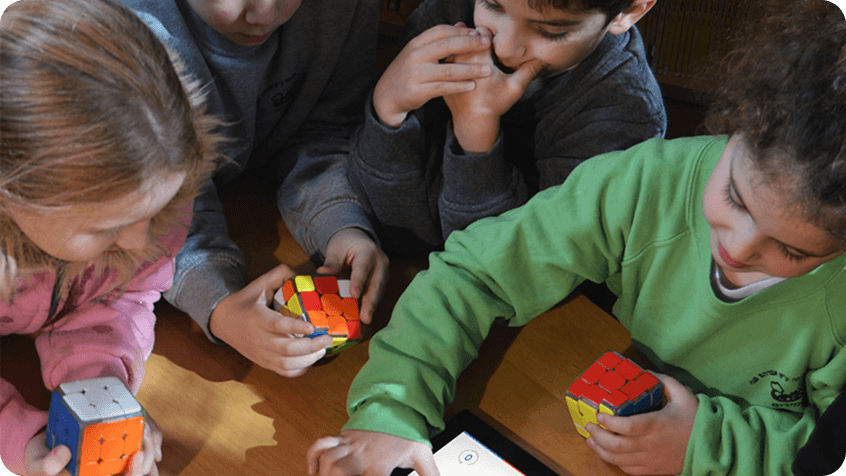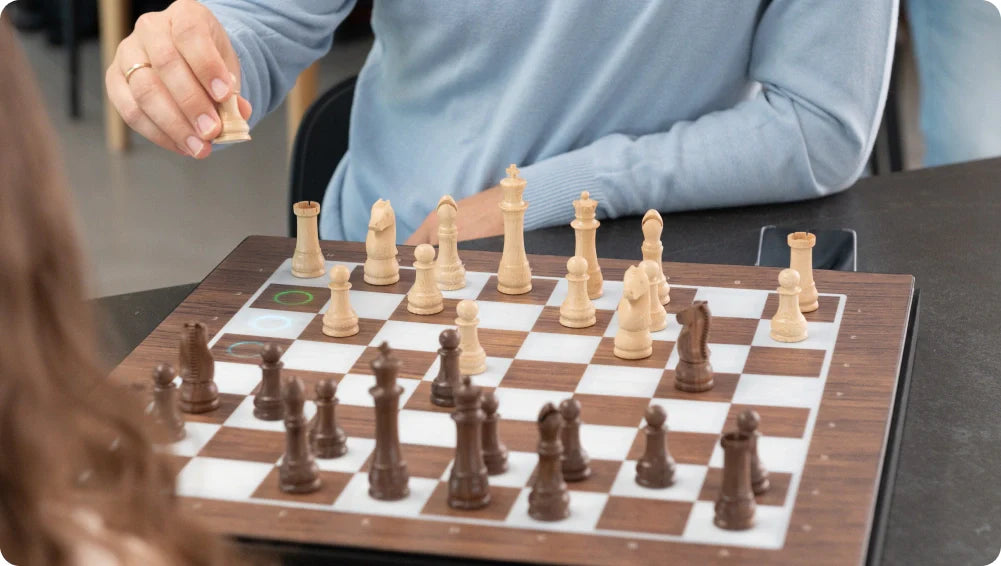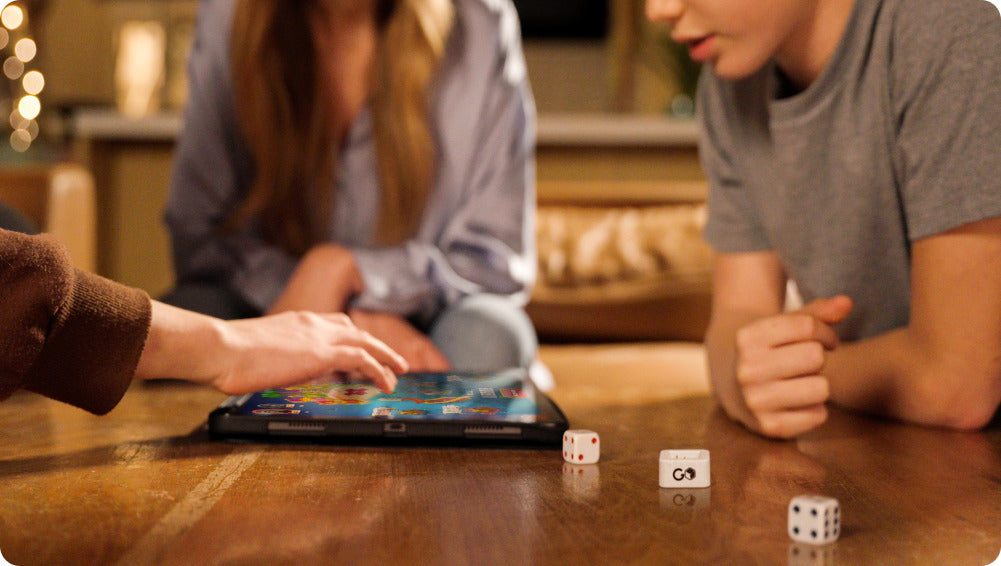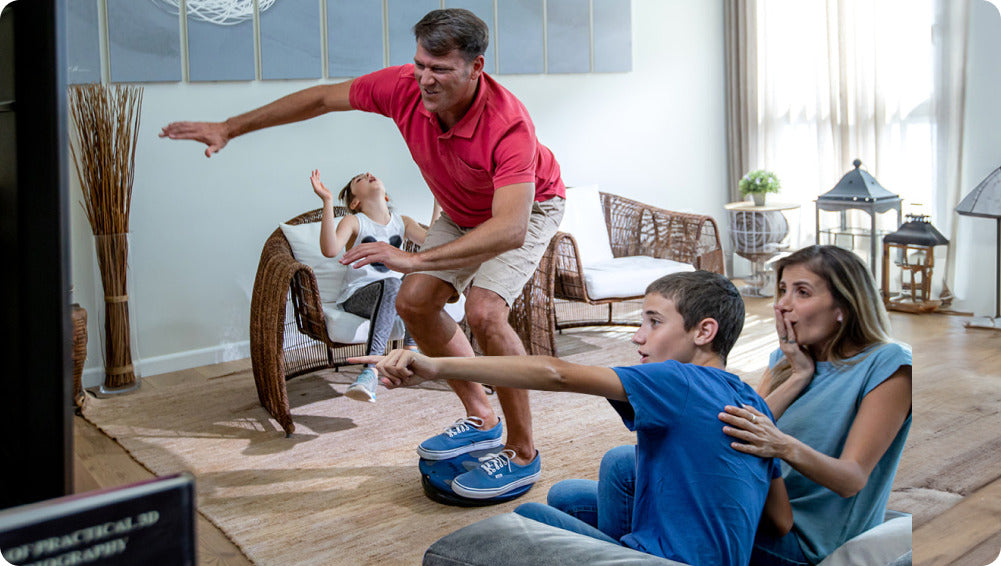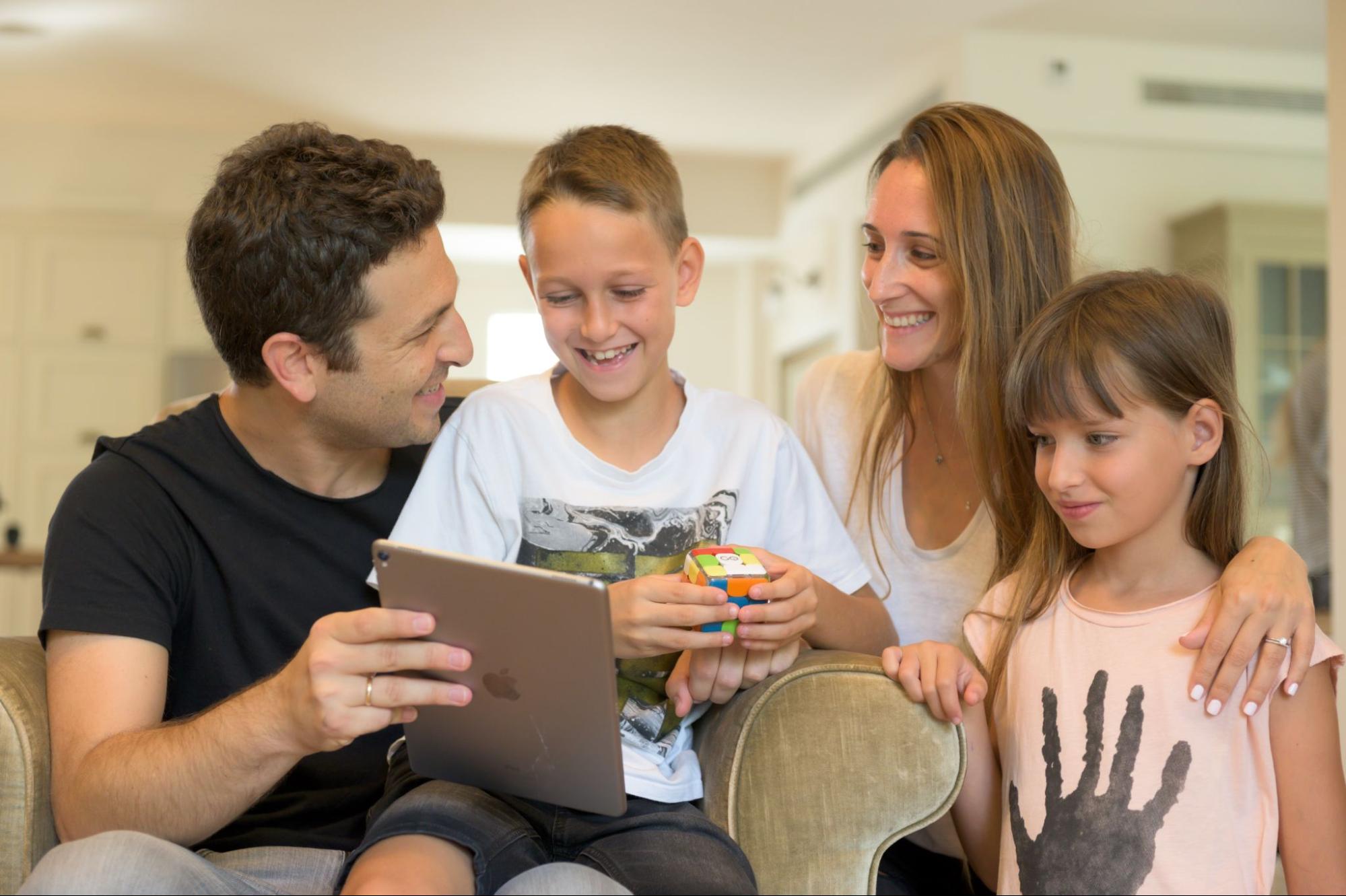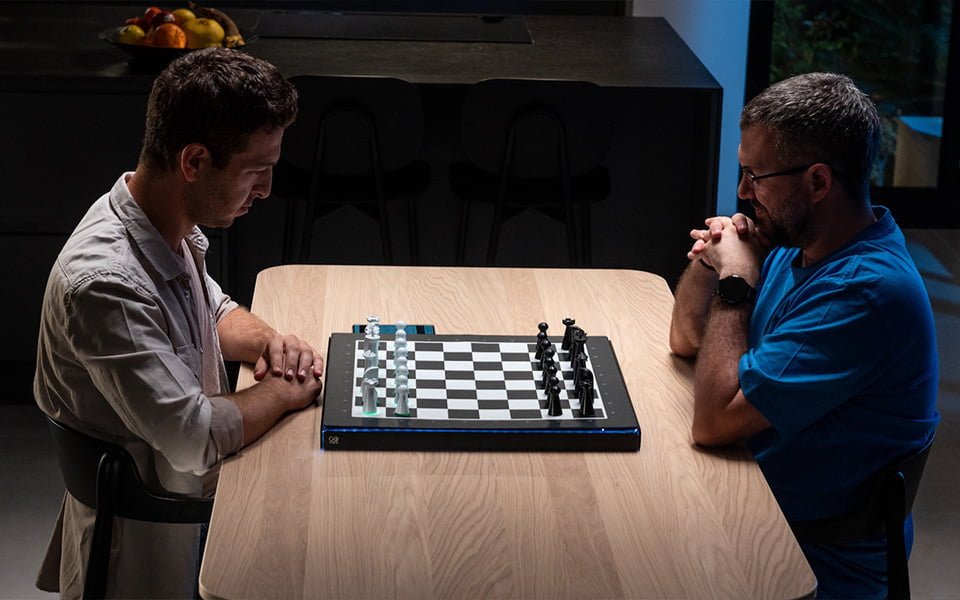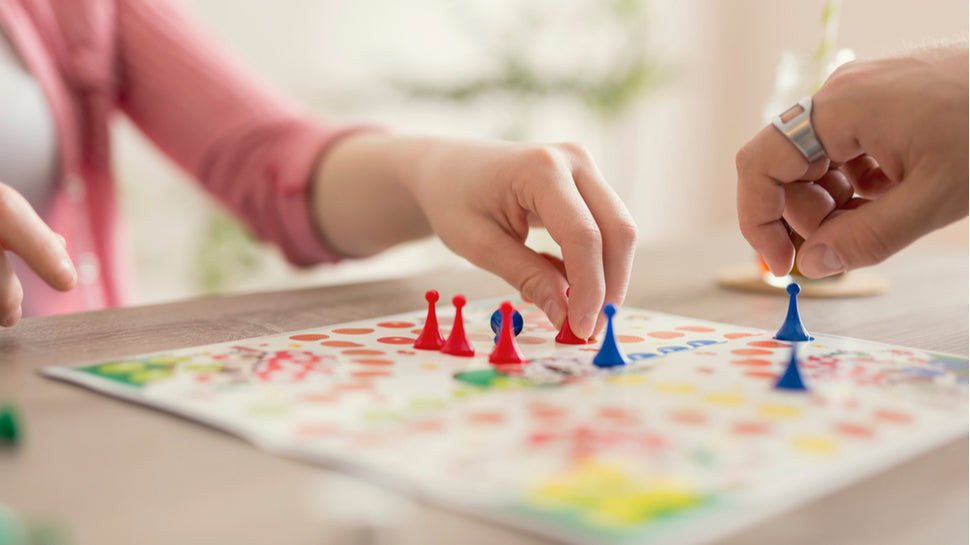Teaching children how to play chess can be one of the most rewarding experiences you’ll ever share. It’s not just about moving pieces on a board; it’s about opening doors to creativity, enhancing cognitive abilities, and fostering a sense of discipline. Chess encourages kids to think ahead, analyze situations, and make decisions based on logic rather than impulse. These skills are not only valuable on the chessboard but also translate into everyday life, helping children navigate challenges with confidence and resilience.
Whether your child is a complete novice or has shown some interest in the game, this guide is here to help you navigate the process of introducing chess in a way that’s engaging, enjoyable, and effective. You’ll find practical tips, fun activities, and insights that will make learning chess an exciting journey for you and your child.
Get ready to watch them grow into confident thinkers and strategic players—let's make chess a beloved part of their childhood! You best believe your kids will thank you later.
Introducing Chess to Kids: Where to Start?
Before jumping into the rules or strategies, it’s essential to spark your child’s interest in the game. Start by showing them the chessboard and pieces, explaining how each piece moves in a fun and relatable way. For example, describe the knight as a brave horse jumping over walls or the rook as a castle guarding the kingdom. Create imaginative scenarios, like the queen protecting her king or pawns embarking on a heroic journey across the board to become queens themselves. This storytelling approach makes the game come alive for kids.
You might also be intrigued by their fascinating chess history. Did you know that chess originated in India over 1,500 years ago as a game called Chaturanga? Or that famous world leaders and historical figures, like Benjamin Franklin and Napoleon Bonaparte, were avid chess players? Sounds boring? Feel free to change the characters according to your child's interests. This way, Benjamin Franklin could quickly transform into Jojo Siwa or Spiderman. This might sound like cheating, but if this sparks children's interest in chess, a win is a win. At the end of the day, such anecdotes can inspire kids by linking the game to great minds and stories from the past.
Highlight the benefits of playing chess to pique their interest further. Chess is known to sharpen memory, enhance problem-solving skills, boost creativity, and teach patience—all vital life skills for growing minds. It’s also a gateway to a world of strategy and critical thinking that can be both fun and rewarding.
To make learning even more engaging, introduce a smart chess board like GoChess. These innovative boards merge traditional chess with cutting-edge technology, offering real-time move demonstrations, interactive tutorials, and the option to play against AI opponents.
GoChess makes learning the game easier and more dynamic for kids, turning the chessboard into a personalized learning experience. Interactive features like guided lessons and built-in challenges ensure that even young beginners stay engaged and excited to play. Let’s just be honest: a cool, smart chessboard sounds way more enjoyable for children than a regular one.
Basic Chess Rules for Kids
Here’s a breakdown for every young player to know how to win at chess:
The Chessboard
At the heart of chess lies the chessboard, a square battlefield made up of 64 squares arranged in an 8x8 grid. These squares alternate between light and dark colors, creating a visually appealing contrast.

To set up the board correctly, each player must ensure that a light square is positioned in the bottom-right corner.
Each player commands an army of 16 pieces:
- 1 king
- 1 queen
- 2 rooks
- 2 knights
- 2 bishops
- 8 pawns
These pieces are arranged in two rows at the start of the game. The back row is where the major pieces reside, while the pawns form a protective line in front.
Piece Movements
Understanding how each piece moves is crucial for success in chess. Here’s a quick guide:
- Pawn: Moves forward one square but captures diagonally. On its first move, it can advance two squares. If it reaches the opposite end of the board, it can be promoted to any piece (usually a queen), which adds an exciting twist to its journey.

- Rook: Moves any number of squares horizontally or vertically. Rooks excel at controlling open rows or columns, making them powerful assets in the game.

- Knight: Moves in an L-shape—two squares in one direction and one square perpendicular. Knights have the unique ability to jump over other pieces, giving them versatility on the board.

- Bishop: Moves diagonally for any number of squares. Each bishop is restricted to one color throughout the game, so they work best when paired with their counterpart.

- Queen: The most powerful piece on the board, capable of moving any number of squares in any direction—horizontally, vertically, or diagonally. The queen's mobility makes her a central figure in many strategies.

- King: Moves one square in any direction and is the most vital piece to protect. The game's objective revolves around safeguarding your king while threatening your opponent's.

The objective of the Game
The ultimate goal in chess is to checkmate your opponent’s king. This occurs when the king is under threat of capture (in check) and cannot escape this threat with any legal move. A game can also end in a stalemate (a draw) if no player can make a legal move, but neither king is in check, adding layers of complexity to every match.
Special Moves
Chess includes several special moves that can turn the tide of a game:
- Castling: A defensive maneuver involving the king and one rook. The king moves two squares toward a rook, and that rook jumps over to sit next to him. This move not only helps protect the king but also connects your rooks for better coordination.
- En Passant: A unique pawn capture that happens when a pawn moves two squares forward from its starting position and lands next to an opponent’s pawn. The opposing pawn can then capture it "in passing," adding an element of surprise.
- Pawn Promotion: When a pawn reaches the far end of the board, it can be transformed into any piece (except another king), typically becoming a queen due to her power and versatility.
Chess is more than just moving pieces; it’s about strategy and foresight, where each move influences potential outcomes. For those eager to dive deeper into chess strategies and tactics, exploring resources like ChessKid can provide valuable insights into how to win at chess.
Why Chess Matters for Kids
Teaching children how to play chess goes beyond just learning rules; it fosters cognitive development and essential life skills such as patience, critical thinking, and decision-making. Engaging kids in this strategic game can enhance their ability to concentrate and plan ahead while providing hours of fun.
Parents looking for effective ways to introduce chess to their children should consider using engaging methods such as storytelling or interactive games that make learning enjoyable. Resources like Chess for Kids provide excellent guidance on how to teach children this classic game while ensuring they remain excited about playing and understand it all.
Overall, chess is not merely a pastime but an enriching experience that cultivates strategic thinking and problem-solving skills among young minds. With practice and patience, children can develop into skilled players who appreciate both the challenge and joy that chess brings.
How to Teach Chess to Kids Effectively
Teaching kids to play chess doesn’t have to be a daunting task. Here are some strategies to make the process smooth and enjoyable:
1. Start with Simplified Rules
Young minds can quickly feel overwhelmed, so begin with mini-games to ease them into the world of chess. For instance, teach them how pawns move and capture before introducing more complex pieces like knights and bishops. Gradual exposure keeps the learning experience fun and manageable, allowing kids to build confidence with each step.
2. Use Visual Aids and Interactive Tools

Children are visual learners, and the right tools can transform abstract rules into something they can grasp easily. Use colorful diagrams, engaging online tutorials, or a smart chess board to bring the game to life. The GoChess Lite is particularly effective—it's like having a personal, real-time chess coach in your home.
Its LED-guided lessons not only teach kids how pieces move but also show all possible correct and wrong moves using a dynamic lighting system. This instant feedback helps kids correct mistakes as they happen, reinforcing their understanding. Plus, the GoChess Lite offers multiple ways to play: they can challenge friends face-to-face, compete online with players around the world, or practice against AI opponents of varying skill levels. These interactive features make the learning process intuitive, captivating, and endlessly engaging for kids of all ages.
3. Keep Initial Games Short and Fun
Instead of playing full-length matches, start with small, achievable goals. For example, challenge them to "capture the rook" or "protect the pawn" in a mini-game. Short games keep their attention span intact and prevent them from feeling overwhelmed by the complexity of a full chess match.
4. Encourage Problem-Solving Through Puzzles
Puzzles are an exciting way to blend fun and learning. Introduce simple scenarios where they must "save the king" or "trap the queen" in a single move. As they progress, increase the difficulty of these puzzles to develop their analytical thinking. Solving chess puzzles fosters creativity and trains their minds to think multiple steps ahead—skills that extend beyond the chessboard.
5. Celebrate Every Victory, Big or Small
Children thrive on positive reinforcement. Applaud their first successful move, whether it’s capturing a pawn or correctly castling. Even losses can be reframed as opportunities to learn. A supportive and patient approach will keep their enthusiasm alive and motivate them to keep improving.
6. Mix Learning with Stories and Games
Bring storytelling into the mix to make lessons memorable. Create narratives like "the brave knight saving the castle" or "the queen leading her army to victory." Additionally, incorporate fun challenges like "who can set up the board the fastest?" or "solve the puzzle in under a minute." These playful elements make chess lessons feel less like a class and more like an adventure.
Teaching chess effectively is about striking the right balance between fun and learning. With patience, creativity, and the right tools, you can inspire a lifelong love for the game in your child.
The Perfect Chess Set for Kids

Finding the right chess set can make all the difference in sparking a child’s interest in this timeless game. A thoughtfully designed set should be more than just functional—it should be a gateway to fun, creativity, and strategic thinking.
GoChess stands out as the ultimate choice for young players, offering a perfect blend of classic gameplay and cutting-edge technology. As recently featured in Forbes, GoChess captivates kids with its interactive design while sharpening their strategic skills. Its real-time coaching features and advanced lighting system highlight all possible correct and wrong moves, providing instant feedback to enhance learning. GoChess doesn’t just teach—it inspires, transforming chess into an exciting journey that introduces kids to the world of strategy and competition.
Interactive Learning
GoChess includes a comprehensive tutorial system that guides children through every aspect of the game, from mastering basic movements to tackling advanced strategies. This hands-on approach ensures that both beginners and experienced players can benefit from its features.
Play in Three Ways
GoChess offers unparalleled flexibility, allowing kids to play in three exciting ways:
- Play Online: Connect GoChess to popular platforms like Lichess and Chess.com and compete against millions of players worldwide.
- Play Face-to-Face: Enjoy traditional over-the-board matches with friends or family, complete with personalized tips for each player.
- Play Against AI: Hone your skills solo with AI opponents across 32 difficulty levels, enhanced by real-time coaching hints and alerts.
Global Connections

One of GoChess's standout features is its ability to connect players globally. Kids can challenge opponents from different countries, gaining exposure to diverse strategies and styles that enrich their understanding of chess.
Available Sizes
GoChess is designed to suit different needs with its Tournament and Mini sizes, ensuring convenience whether at home or on the go.
State-of-the-Art Technology
The app-enabled GoChess board is compatible with iOS and Android devices, allowing seamless connectivity to your accounts on Lichess or Chess.com. Through the GoChess app, players can review recent games, invite friends to matches, monitor their progress, and stay engaged with their stats.
Elevate Your Game Today
GoChess combines powerful AI, an intelligent lighting system, and versatile play options to create the world’s smartest chessboard. Whether your child is just starting or aiming to level up their game, GoChess ensures a fun, engaging, and educational experience every step of the way.
Selecting the right chess set is crucial in fostering a child's interest in this strategic game. By considering factors such as durability, size and visual appeal, parents can find a set that not only meets functional needs but also excites young players.
How to Keep Kids Motivated to Play Chess
Keeping kids motivated to play chess requires a blend of creativity, encouragement, and adaptability. Here are some proven strategies to ensure they remain excited about the game:
-
Make It Social
Chess doesn’t have to be a solitary activity. Encourage your child to play with friends, siblings, or classmates. Organize mini-tournaments at home or join local chess clubs where they can meet peers who share their interest. Playing with others adds a sense of camaraderie and fun that keeps them coming back for more.
-
Set Achievable Goals and Rewards
Break their chess journey into smaller milestones, such as learning how each piece moves, winning their first game, or solving a puzzle. Celebrate these achievements with small rewards like stickers, certificates, or extra playtime. Tangible incentives can boost their confidence and make progress feel rewarding.
-
Embrace Technology
Introduce them to chess apps or AI chess boards that gamify the learning process. This way, you can provide engaging features, such as daily challenges, progress tracking, and the ability to play against AI or online opponents. This tech-driven approach keeps the game fresh and exciting for young players.
-
Use Creative Storytelling
Bring the chessboard to life with imaginative stories. For instance, the game should be framed as a battle where the pawns are brave soldiers, the knights are heroic defenders, and the queen is leading her army to protect the king. Storytelling can make the game feel like an adventure, keeping kids entertained while they learn.
-
Mix Chess with Other Activities
Avoid chess burnout by alternating it with other fun activities. For example, after a game, you could watch a chess-themed movie or read a story about a famous player like Magnus Carlsen or Judit Polgár. This balance keeps chess from feeling repetitive and maintains their enthusiasm.
-
Encourage Friendly Competition
A little healthy competition can go a long way in motivating kids. Let them play matches with family members or participate in beginner-friendly tournaments. Experiencing both wins and losses teaches resilience and keeps them eager to improve their skills.
-
Introduce Chess Puzzles
Challenge your child with chess puzzles tailored to their skill level. Solving these puzzles can be a fun way to practice without playing full games. Apps and books with age-appropriate puzzles provide endless opportunities to engage their problem-solving abilities.
Conclusion
Teaching kids how to play chess is one of the best gifts you can give them. It’s not just about learning a game; it’s about nurturing skills that last a lifetime—patience, strategic thinking, resilience, and problem-solving. Watching a child’s face light up when they checkmate for the first time or solve a tricky puzzle is incredibly rewarding.
With tools like GoChess and other resources focused on brain games for kids, you can make chess more accessible and enjoyable than ever before. Start small, celebrate their progress, and let the game unfold at their pace. Who knows? You might even spark a lifelong passion or inspire a future chess champion. The journey from beginner to expert begins with just one move, so why wait? Set up the board, teach the basics, and enjoy the wonderful adventure of chess with your child!






